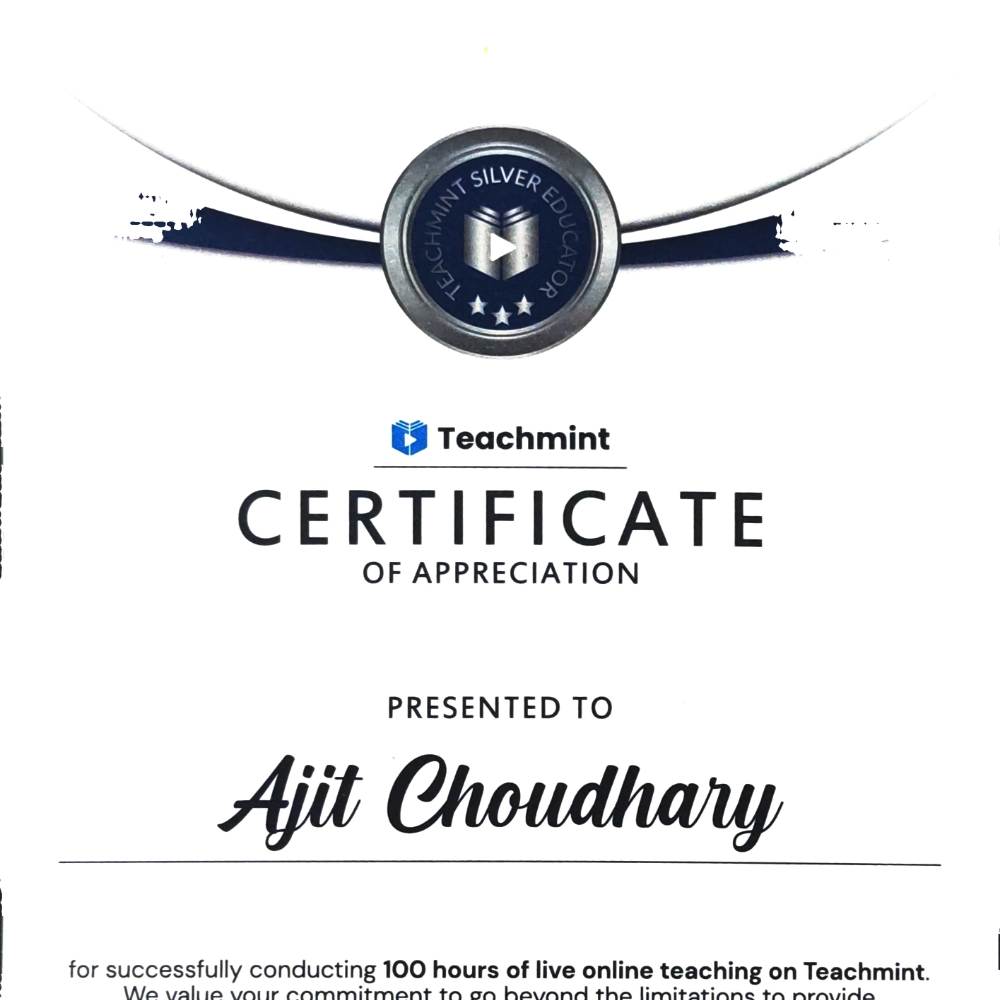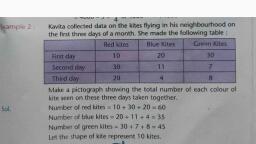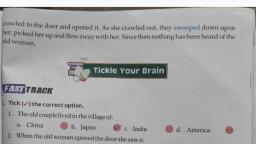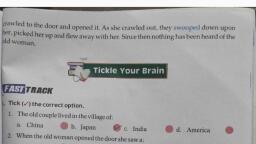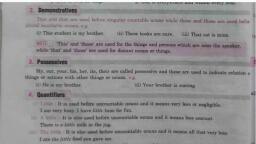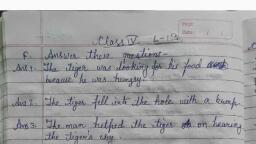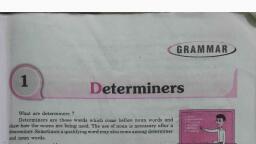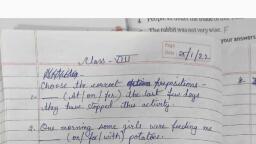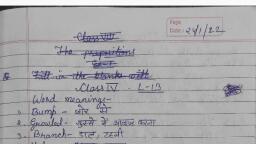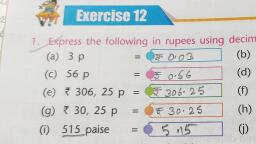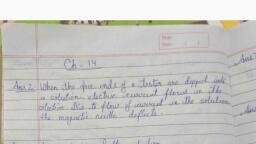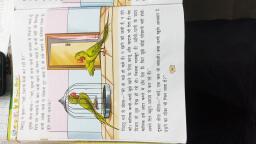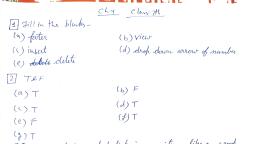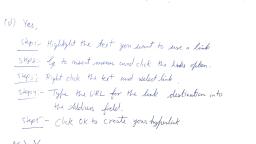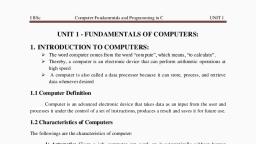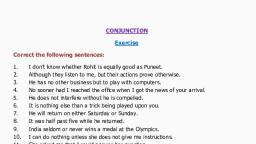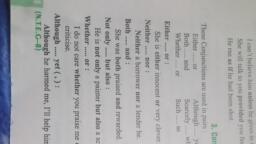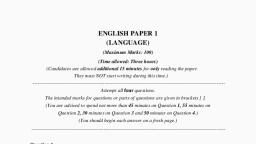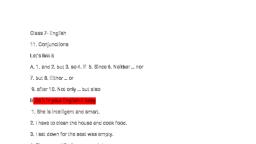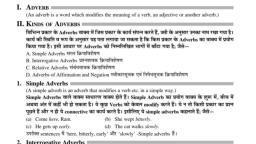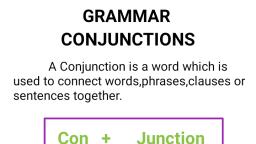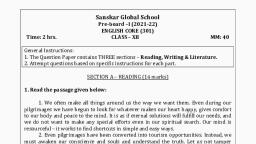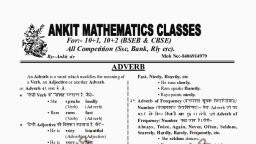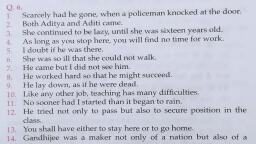Page 1 :
Conjunctions, In English grammar, counjunctions are known by various names like-connectives, joining words, or linking words. These all names signify the same meaning the joining words. Hence we can say:, A conjunction is a word that joins sentences and sometimes words. G.g., 1. Anurag and Saurabh are brothers., 2. They worked hard but failed., (Joining two words), (Joining two sentences), Here are given some conjunctions based on the exercises of your textbook, 1. either, - or, 4. as soon as, 2. so that, 3.80 as to, 5. no sooner, than, 6. so that, 7. in order that, 8. as long as, 9. so long as, Either-or, These are used for options between two things, 'Either' is used before first thing while 'or' is, used before the second thing., EXAMPLE:, 1. Options between subjects, John was sleeping on the bench. Ram was sleeping on the bench., -Either John or Ram was sleeping on the bench., NOTE: 1. When two subjects are joined by either- or then the verb of the sentence comes, according to the number and person of the second subject which comes after 'or'. e.g., You are going to teach the boy. I am going to teach the boy., Either you or I am going to teach the boy., 2. Options between objects, Mohan teaches John. He teaches Mary., - Mohan teaches either John or Mary., 3. Options between adjectives, He is intelligent. He is diligent., 4. Options between actions, He is either intelligent or dilígent., We can eat now. We can eat after the show., We can either eat now or after the show., 2)
Page 2 :
6., GRAMMAR, 3. Jack can win. My brother can win., 4. He will come today. He will come tomorrow., 5. She will read a book. She will go to the cinema., So that / in order that, Read the following sentences carefully:, (i), Finish this glass of milk so that you can take another., (ii) Show me your book so that I can see what you have done., In both the sentences given above, there are two parts in each sentence joined together either by, 'so that' or by 'in order that'. The second part expresses the reason or cause of the first part., NUTE: Can, will or may are generally used with 'so that' and 'in order that'., (i) Finish this glass of milk in order that you can take another., (ii) Show me your book in order that I can see what you have done.
Page 3 :
As long as/so long as, 'As long as' and 'so long as' are used to express the condition.. e.g., (i) You are safe as long as you stay here., (ii) As long as you are in the class, you will have to work., 'So long as' can be used in the above sentences without changing the sense of the sentence., So long as you stay here, you are safe., (ii) Sơ long as you are in the class, you will have to work., (i), NOTE: 'As long as' and 'so long as' are adverbs of degree and condition and these are used as, conjunctions.
Page 4 :
Conjunctions, As soon as/No sooner, than, than' is, -, When two actions start at almost the same time then 'as soon as' or 'no sooner -, I reached the school. The bell rang., used, As soon as I reached the school, the bell rang., Or, a, No sooner did I reach the school than the bell rang., No sooner' is used in the beginning of first clause and did is commonly used after 'no sooner, is used in the beginning of second clause. Past Indefinate Tense is used after 'than'.
Page 5 :
20110 n no u, So as to, He worked hard. He wanted to get good marks., He worked hard so as to get good marks., The second clause joined by 'so as to' is the reason of its first clause, while in the first claus, joined by 'so as to', the main action is given., He ran fast so as to catch the train., ad se
